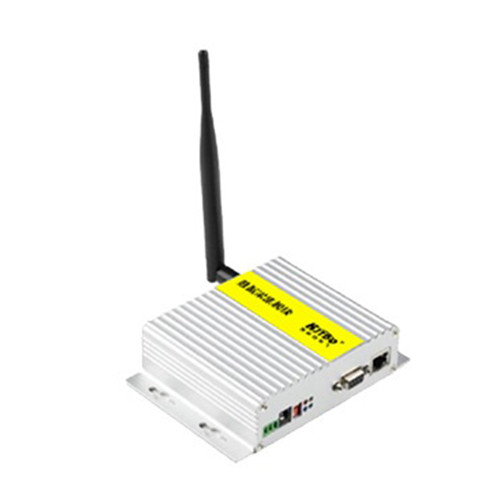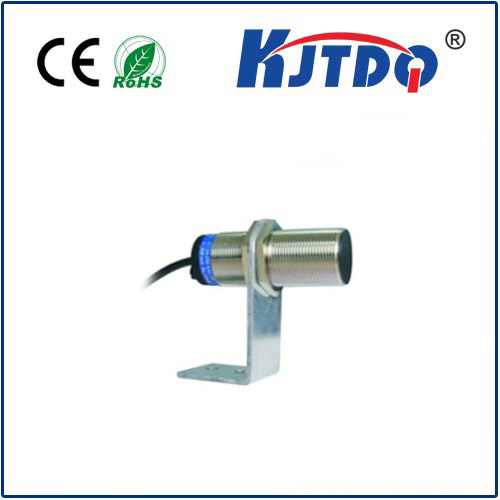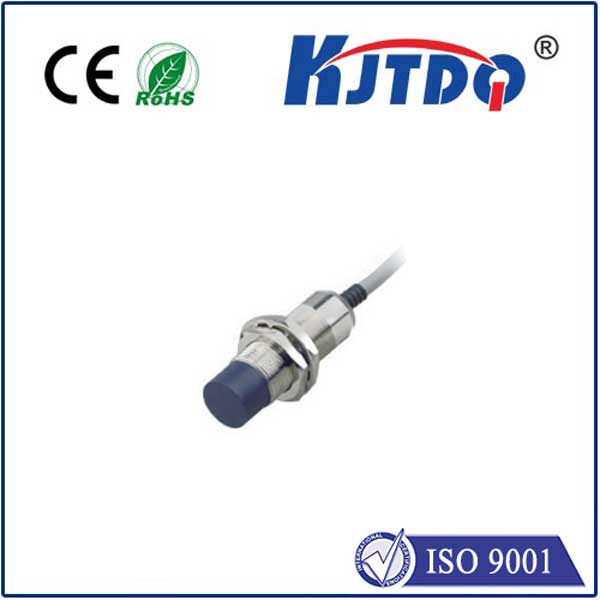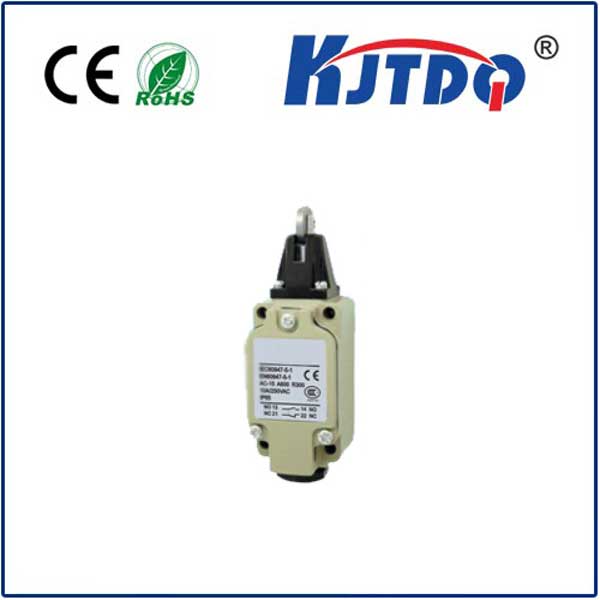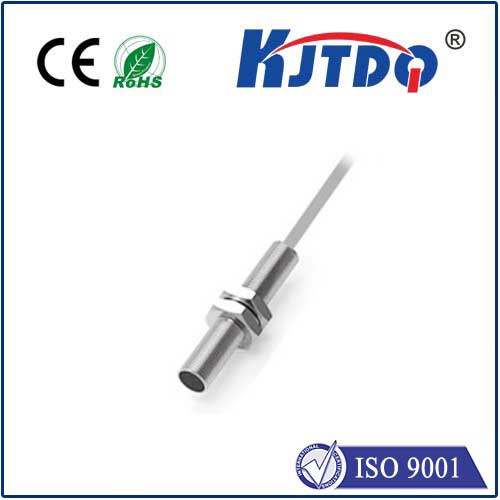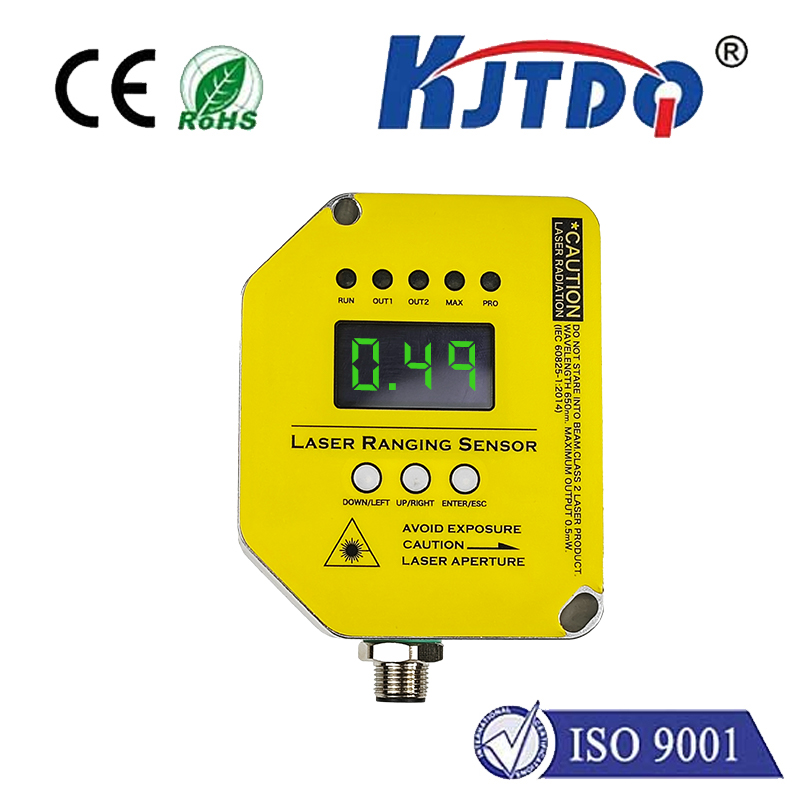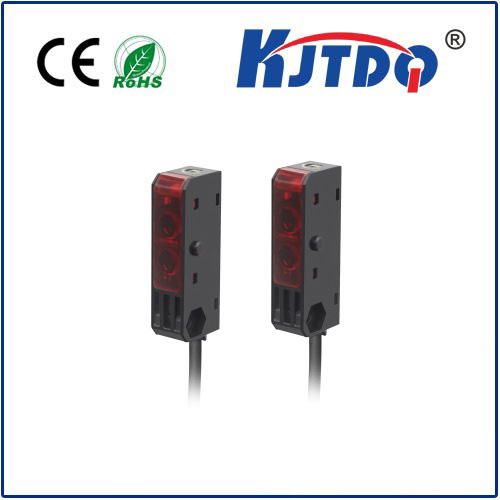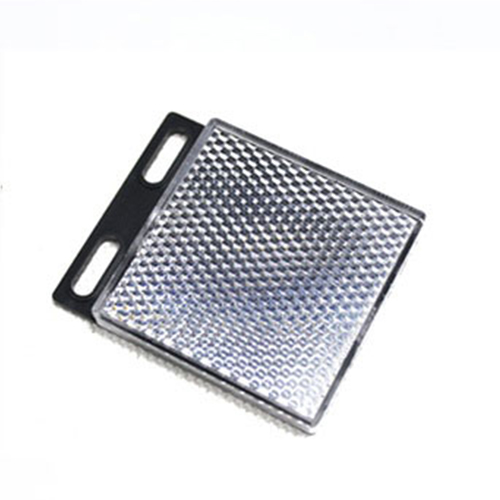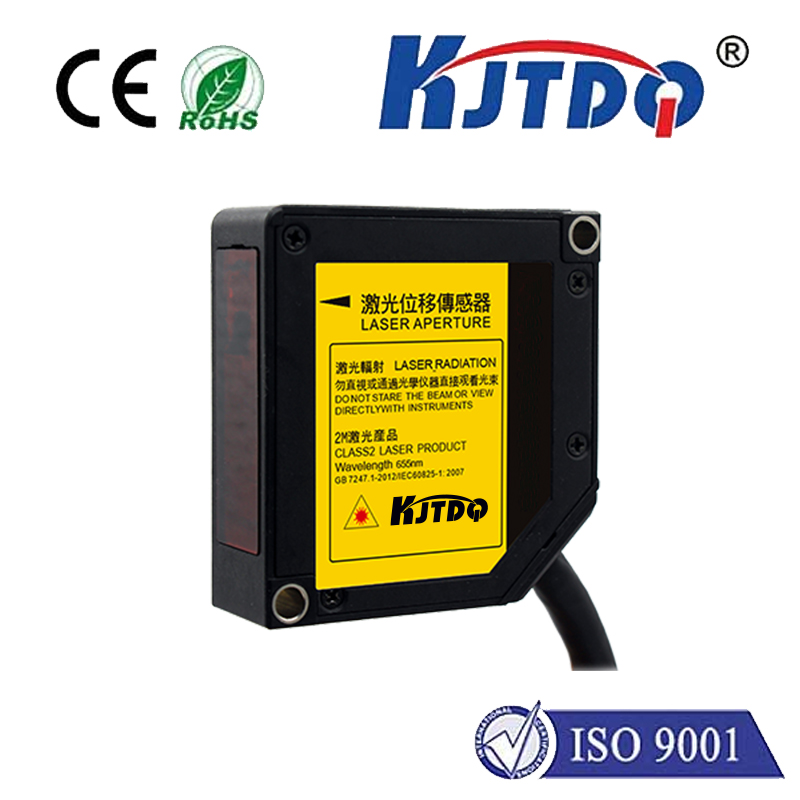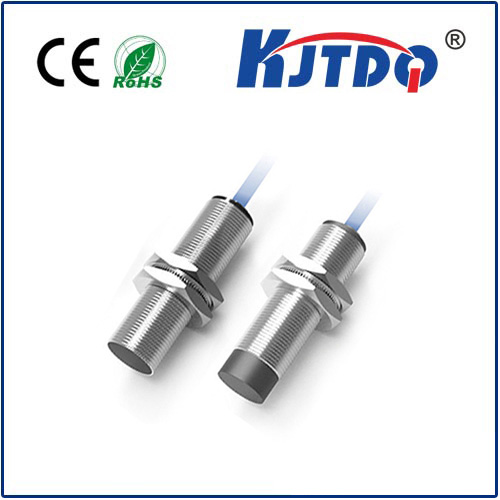СВЧ датчик приближения
- time:2025-07-14 14:40:52
- Нажмите:0
Microwave Proximity Sensors: The Invisible Sentinels Enabling Smarter Environments
Imagine walking towards an automatic door in a bustling shopping mall. Without a touch, without a wave, it silently glides open just as you approach. Ever wondered what unseen force orchestrates this seamless interaction? Often, the unsung hero is a СВЧ датчик приближения, a sophisticated yet increasingly common technology weaving intelligence into the fabric of our daily lives and industrial processes. These sensors act as invisible sentinels, detecting presence, motion, distance, and even vital signs without physical contact, all while operating reliably in conditions that baffle other sensing methods. Understanding their power unlocks the potential for smarter automation, enhanced safety, and greater efficiency.
Beyond the Beep: How Microwave Proximity Sensors Actually Work
Unlike optical sensors that rely on light or ultrasonic sensors using sound waves, microwave proximity sensors operate by emitting low-power electromagnetic waves in the microwave frequency spectrum (typically ranging from a few GHz up to the mmWave band around 60 GHz or higher). Here’s the core principle:
- Emission: The sensor generates and transmits a continuous or modulated microwave signal.
- Reflection: This signal travels through the air and interacts with objects within its detection field. When it hits an object, a portion of the signal is reflected back towards the sensor.
- Reception & Analysis: The sensor’s receiver detects the reflected signal. Sophisticated electronics then analyze key characteristics of this return signal compared to the transmitted signal:
- Doppler Shift (for Motion Detection): If the object is moving relative to the sensor, the frequency of the reflected wave shifts slightly (Doppler effect). Detecting this shift allows the sensor to identify moving targets, like a person approaching a door or a vehicle in a blind spot.
- Time-of-Flight / Frequency Modulation (for Distance/Proximity): By measuring the time delay between transmission and reception of a pulse, or by analyzing the phase shift in a frequency-modulated continuous wave (FMCW) signal, the sensor can accurately calculate the distance to the object. This is crucial for precise proximity detection and level measurement.
Why Microwave? Unveiling the Compelling Advantages
The choice of microwave technology isn’t arbitrary. It offers a unique set of advantages that make microwave proximity sensors indispensable in many challenging scenarios:
- Penetration Power: Microwaves can penetrate many non-conductive materials like plastic, glass, drywall, cardboard, and even thin walls or frost. This unique capability allows sensors to operate effectively even when concealed behind panels or measure levels inside containers without direct line-of-sight.
- Environmental Resilience: Unlike optical sensors (infrared, photoelectric, laser), microwave sensors are largely unaffected by:
- Dust, Smoke, and Fog: Light scattering doesn’t impede microwaves.
- Ambient Light: Sunlight or bright artificial light causes no interference.
- Temperature Fluctuations: Performance remains stable across a wide operating temperature range.
- Robustness Against Surface Effects: Detection isn’t hampered by the color, transparency, or surface texture (glossy/matte) of the target object. Microwave sensors reliably detect objects based on their material composition and movement, not their visual properties.
- Longer Range Potential: Compared to technologies like capacitive or inductive proximity sensors, microwave sensors can achieve significantly longer detection ranges, making them suitable for larger areas or monitoring vehicle speeds.
- Multi-Target Discrimination (Advanced Models): Sophisticated mmWave radar sensors, utilizing complex signal processing and multiple antennas, can not only detect multiple objects but also distinguish between them and track their movements, enabling complex presence detection and activity monitoring.
Where the Magic Happens: Broad Applications of Microwave Proximity Sensors
The versatility of microwave radar sensors translates into a vast array of applications across diverse sectors:
- Building Automation & Smart Homes:
- Automatic door openers (sliding doors, revolving doors).
- Touchless light switches and faucet activation.
- Presence detection in rooms for intelligent HVAC and lighting control.
- Intruder detection systems.
- Industrial Automation & Safety:
- Personnel detection near hazardous machinery (e.g., presses, robots) to trigger emergency stops.
- Vehicle detection in automated guided vehicle (AGV) systems and warehouses.
- Level measurement in silos, tanks, and hoppers (solids, liquids) through walls.
- Object counting on conveyor belts.
- Traffic monitoring and vehicle speed detection.
- Automotive:
- Blind-spot monitoring (BSD) and lane change assist (LCA).
- Rear cross-traffic alert (RCTA).
- Automatic trunk opening (kick sensors).
- Occupant detection for airbag deployment optimization.
- Healthcare & Wellness:
- Non-contact vital sign monitoring (respiration, heartbeat detection) for patient care or sleep studies.
- Fall detection systems for the elderly.
- Consumer Electronics:
- Gesture recognition in smartphones, TVs, and gaming consoles.
- Proximity sensing to turn off smartphone screens during calls.
Choosing the Right Microwave Proximity Sensor: Key Considerations
Selecting the optimal microwave sensor requires careful evaluation of your specific needs:
- Detection Objective: What needs detecting? Simple presence? Motion? Precise distance? Speed? Vital signs? This determines the required technology (basic Doppler vs. FMCW radar).
- Required Range: Define the minimum and maximum detection distances needed.
- Field of View (Beam Pattern): How wide or narrow should the detection zone be? This affects coverage area and potential for unwanted detections.
- Environmental Conditions: Consider temperature extremes, potential for condensation, exposure to dust/moisture (IP rating), mounting location (indoors/outdoors).
- Target Properties: Material composition, size, and expected speed of movement.
- Power Supply & Output Signal: Voltage requirements and the type of output needed (digital on/off, analog voltage/current proportional to distance, serial data).
- Size & Mounting Constraints: Physical dimensions and mounting options must suit the installation space.
- Regulatory Compliance: Ensure the sensor meets relevant standards (FCC, CE, etc.) for your region and application.
From enabling the effortless convenience of hands-free doors to safeguarding workers in high-risk industrial zones and paving the way for autonomous vehicle safety, microwave proximity sensors are a cornerstone of modern sensing technology. Their ability to “see” through obscurants, operate reliably in harsh conditions, and provide versatile detection capabilities makes them an increasingly vital tool. As mmWave radar technology advances, becoming smaller, more affordable, and more intelligent, we can expect these invisible sentinels to play an even more profound role in creating the responsive, efficient, and safe environments of the future. Whether optimizing energy use in a smart building, preventing accidents on a factory floor, or adding intuitive control to a consumer device, the quiet hum of microwaves is steadily shaping a smarter world.
